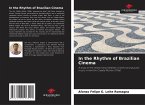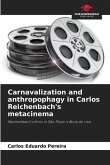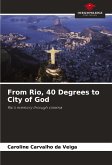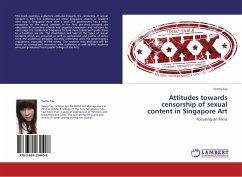The cinematographic art has, since its genesis, a close relationship with the urban space. Besides having in the creation of modern cities the driving moment for its development, this space was also used as a protagonist by the cinema in its first productions. Cinema emerges then as a great visual architect, bringing to the screen diverse ways to consume the urban space imaginatively. Through the possible varieties of orchestration of the cinematographic codes, the cinema produces different experiences in the space - spectator relationship. Based on this assumption, the present book proposes a reflection on a possible urban poetics produced by contemporary Northeastern cinema, focusing on the analysis of the films A Febre do Rato and Cidade Baixa.
Bitte wählen Sie Ihr Anliegen aus.
Rechnungen
Retourenschein anfordern
Bestellstatus
Storno








